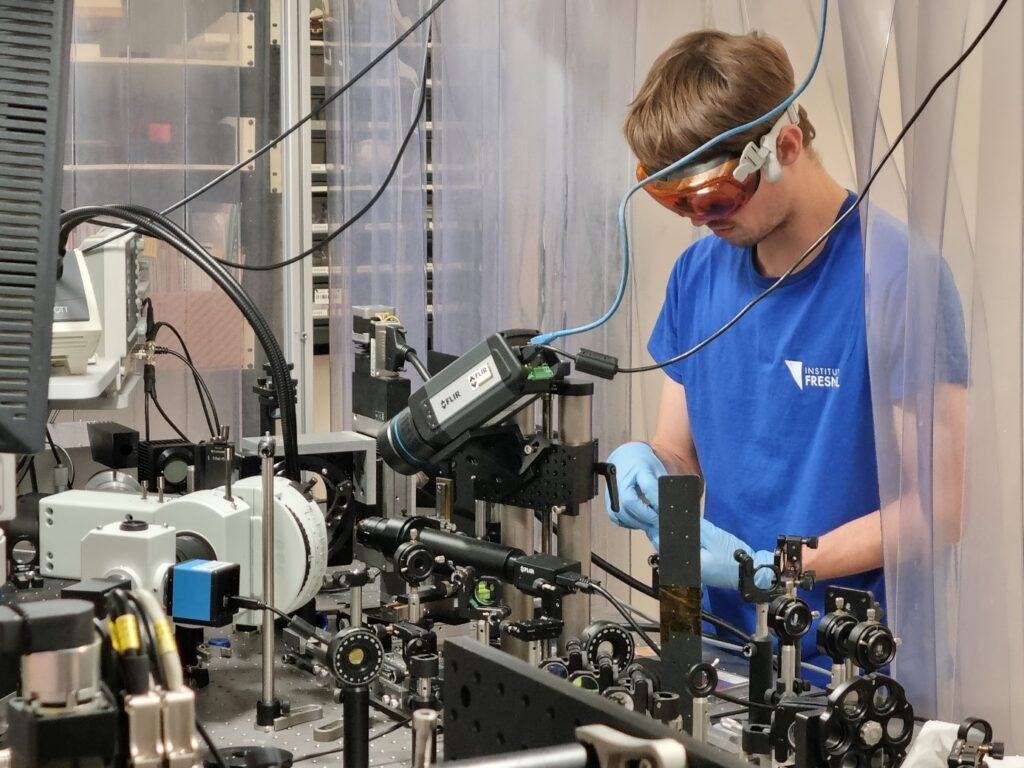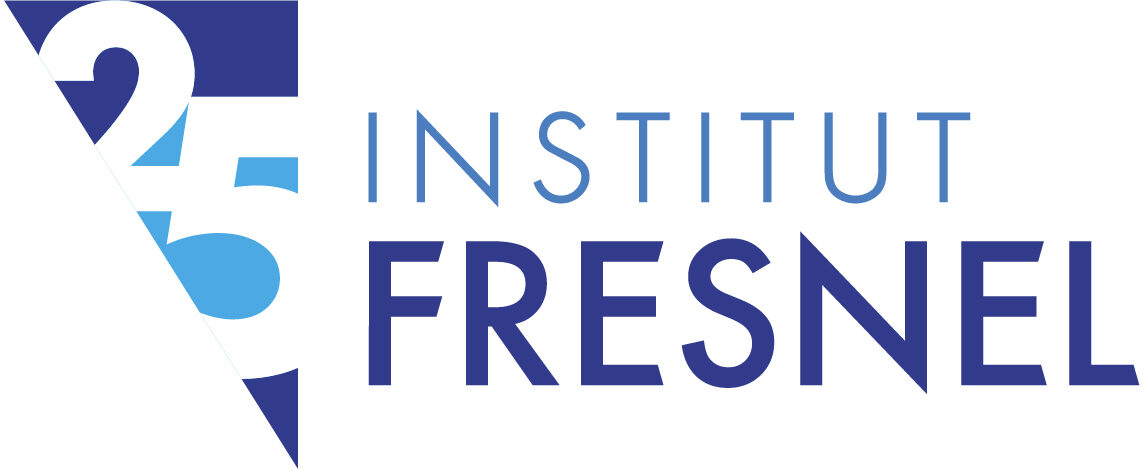The Laser Matter Interaction team (ILM) conducts research into the physics and applications of laser-matter interaction phenomena at high luminous flux. Our research focuses on inorganic materials, in particular materials for optical components such as glasses, thin films and certain crystals. Our approach is based on experimental work, often accompanied by empirical modelling/simulation.
Our research focuses both on understanding the fundamental phenomena of laser-matter interaction and on applying these phenomena to specific applications.
Laser damage to optical components is an important theme for the group. If an optical component is used at very high intensities or for a long time, one sometimes observes degradations in its performance. Understanding the fundamental phenomena leading to these degradations is the basis for being able to manufacture more resistant and longer-lasting components.
One particular type of degradation is “Laser Induced Contamination” (LIC): in this case, the study not only concerns the laser radiation and the materials of the optical component, but also includes the atmosphere in which the component is used.
The laser processes we develop serve a variety of purposes:
| CO2 laser micromachining of glass |
| Photo-inscription of thin films |
| Laser-controlled high-temperature heating |


